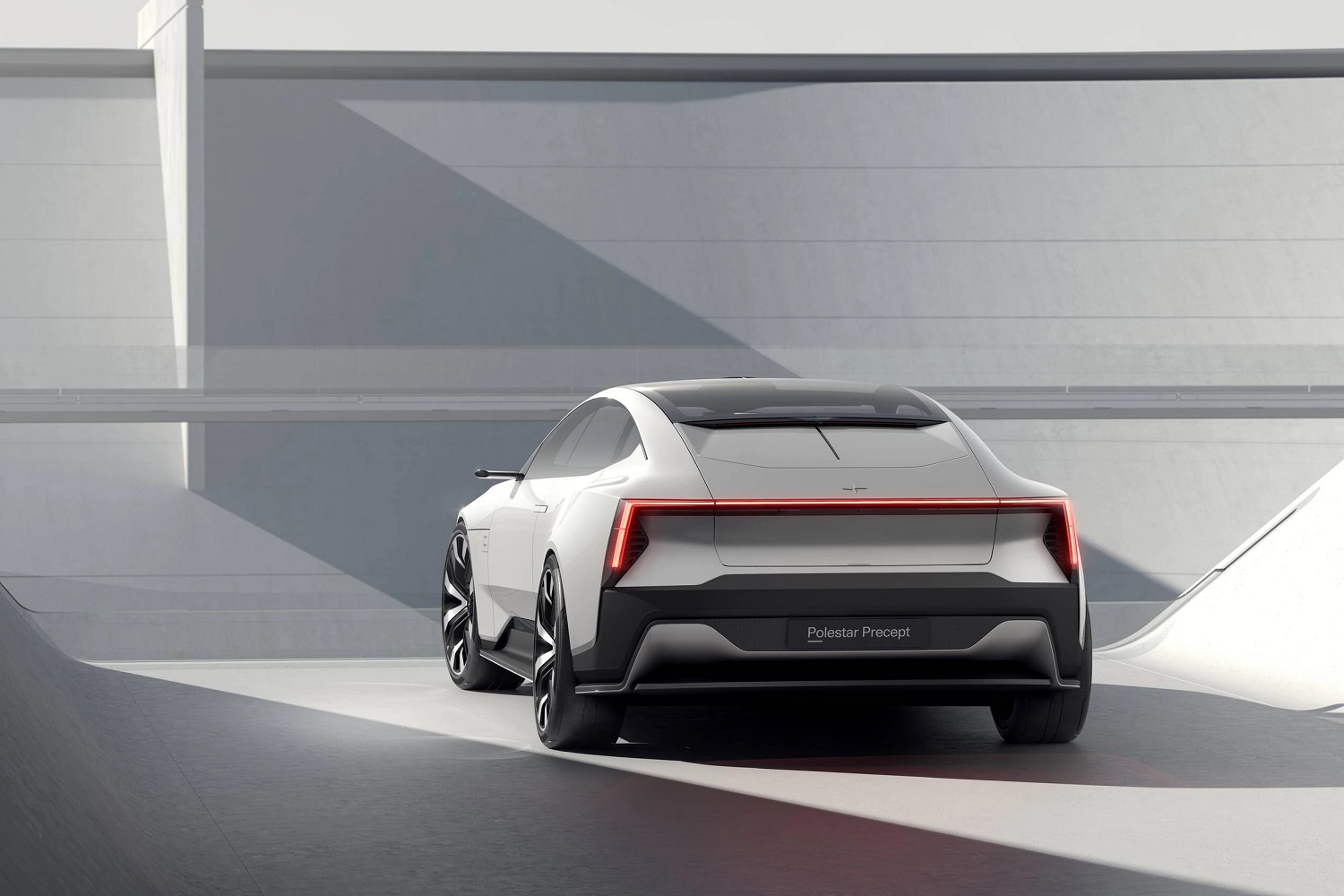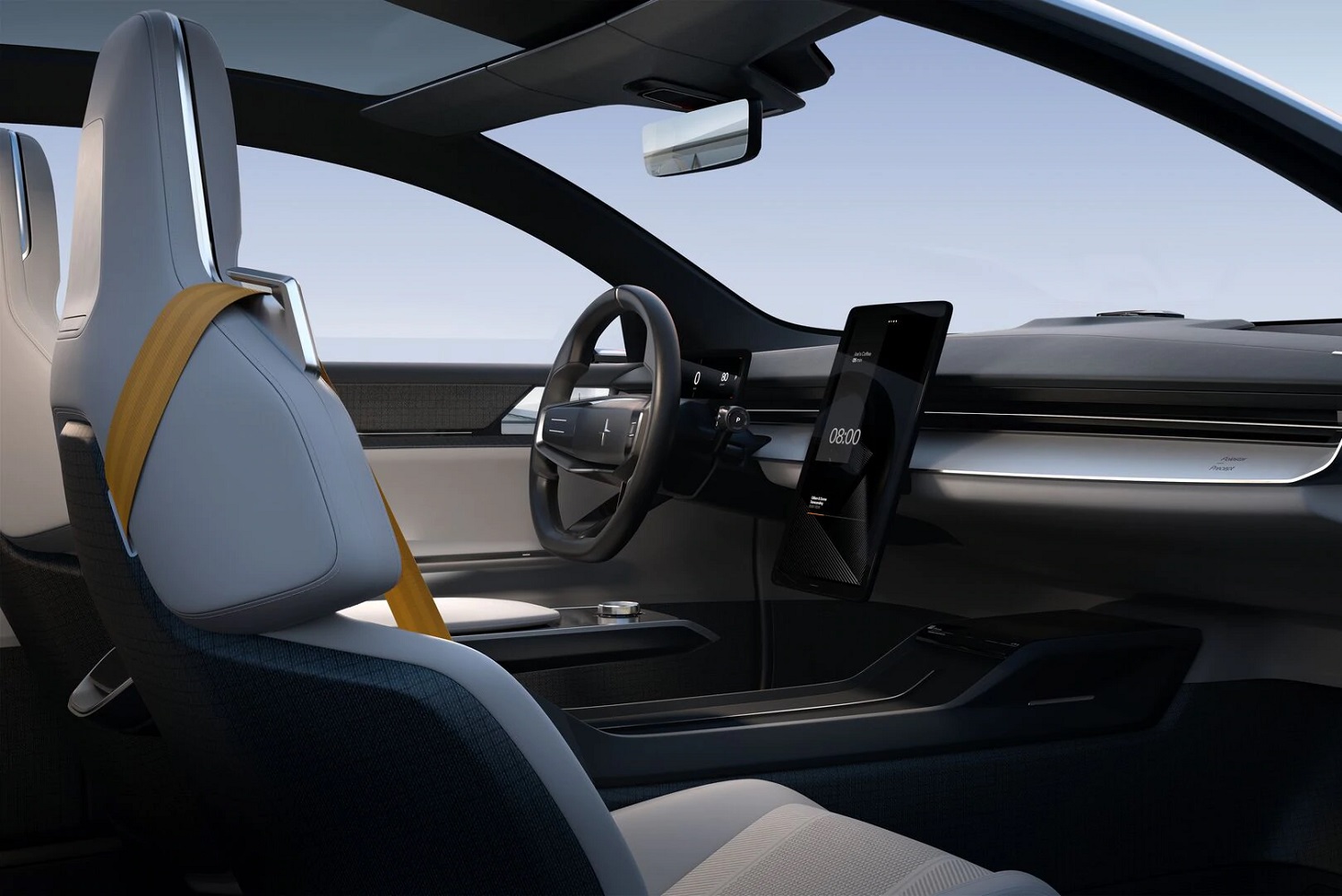Volvo-owned Polestar introduced a head-turning concept named Precept ahead of the annual Geneva auto show. The event was canceled at the last minute due to the on-going coronavirus pandemic, so the electric sedan didn’t get its 15 minutes of fame on the industry’s stage. Instead, I caught up with the firm’s lead designer to learn what it’s about.
Maximilian Missoni openly describes the Precept (pictured) as an accurate preview of what Polestar’s future models will look like. It’s a statement of intent, but it’s not necessarily going to reach production as-is. Instead, some of its defining styling cues will end up on an electric crossover that will soon join the 1 and the 2 in the company’s range.
Polestar’s mission is to make electric cars; the plug-in hybrid 1 is the exception to the rule. Not having to worry about stuffing a four- or a six-cylinder engine between the front wheels helped stylists shape the brand’s design language.
“We need bigger brakes because of the additional weight [of the electric powertrain], so we can fit bigger wheels which is an advantage from a design point of view. We can also push the wheels all the way into the corners because we obviously have no engine in the front, and we can have very short overhangs and very low noses,” Missoni said.
Passengers will feel the difference, too, because engineers needed to stretch the Precept’s wheelbase (the distance between the front and rear axles) in order to package a suitably large battery. This in turn increases the size of the interior. And while the Precept is merely a design study, Polestar’s upcoming crossover will be built on similar bones.
Sustainable materials like seat covers 3D-knitted using recycled plastic bottles fill the cabin; you won’t find wood or leather here. There’s also an evolution of the Android-powered infotainment system inaugurated by the 2. It’s displayed on a 15-inch touchscreen, and it promises to offer a personalized and contextualized in-car experience by taking the owner’s personal preferences into account. Video streaming and Google Assistant are built right in. None of these features are reserved for the auto show circuit. They’re headed to production in a taller, more spacious car.
Polestar was founded in 2017, so it has no heritage; there’s no 1965 model the company can lean on for inspiration. Missoni called this a blessing, and explained it allows the members of his team to start completely from scratch.
“There’s the scary moment of staring at a blank sheet of paper.”
Polestar’s Precept-faced crossover is expected to break cover before the end of 2020, and it should enter production in 2021, though this time frame isn’t official. Tentatively called 3, it will compete against the upcoming production version of Audi’s Q4 E-Tron concept and upmarket variants of the Ford Mustang Mach-E, among many others.











